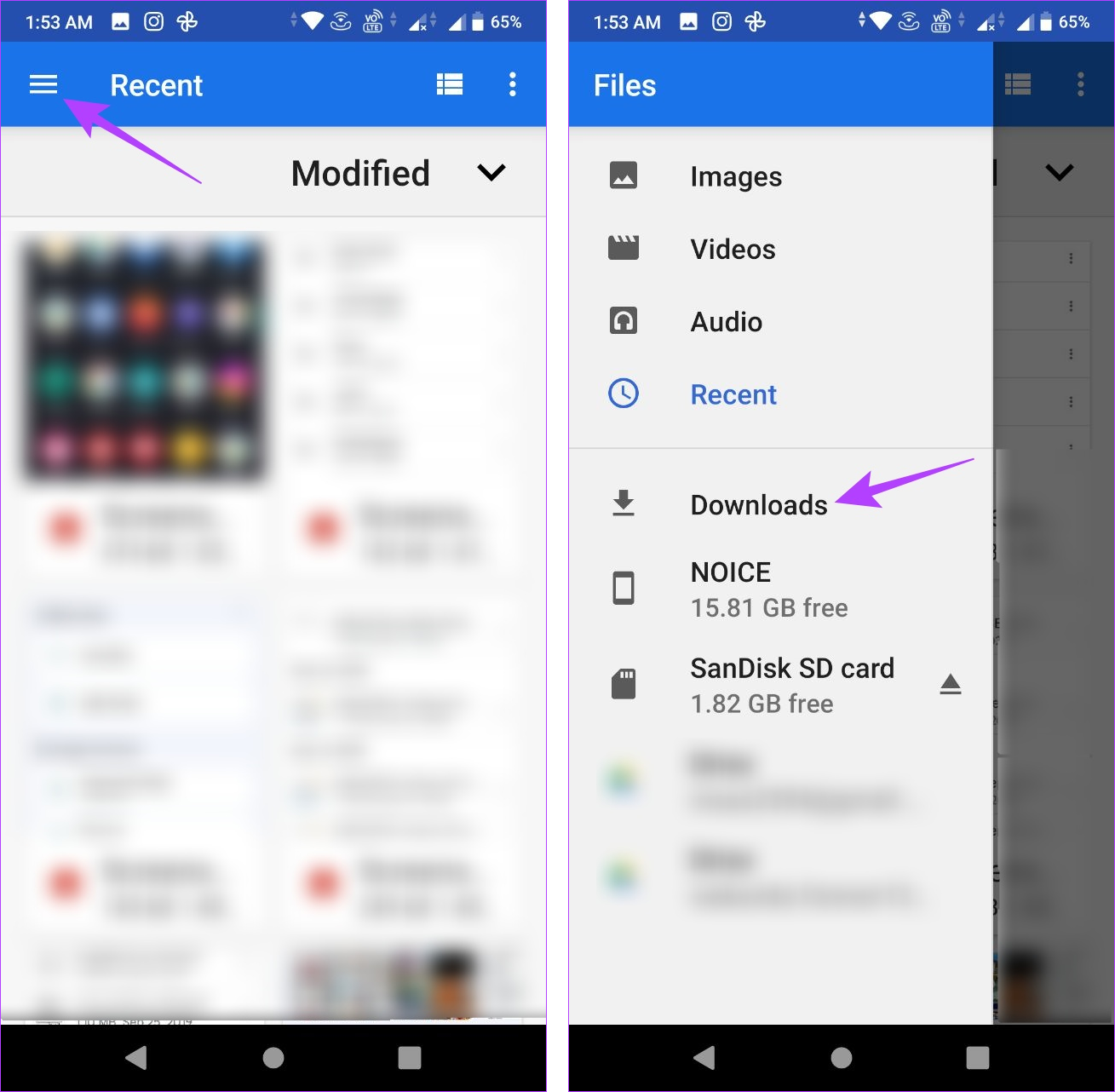The Basic Principles Of free download for android tablet
The Basic Principles Of free download for android tablet
Blog Article
Locating downloaded and install documents on your Android gadget can be a difficulty. With ease, your phone can quickly come to be littered with images, videos, screenshots, and other documents. To liberate area on your gadget, it's necessary to keep track of where your downloads are conserved. In this manner, you can quickly identify and delete unneeded data.

If you're having difficulty locating a critical data that appears to have actually disappeared into slim air, are afraid not! This guide is below to help you track it down and obtain your Downloads folder in order. Whether you're a proud proprietor of among the top-rated Google Pixel phones or an additional Android device, we'll reveal you how to swiftly locate your downloads and keep them nicely organized.
Discover your downloads with the default documents manager
Each mobile phone manufacturer may supply a slightly different integrated Android app for data monitoring, but your experience must be comparable. If you own a Samsung phone, refer to our tutorial, which demonstrates how to find downloads on your Samsung Galaxy phone.
Similar to operating systems like Windows, macOS, and iphone, Android has a Downloads folder for your documents. Do the complying with to find the downloads on your gadget:
1. Open the Data or My Data application from the home display or application cabinet.
2. Seek a area called Downloads.
3. Tap it to view the data you downloaded.
Utilize the Documents by Google application for your downloads
If you're seeking a easy and efficient method to find your downloaded data on your Android tool, think about utilizing Data by Google from the Google Play Shop. This app attracts attention as a leading selection for its straightforward user interface and performance, making it an exceptional option to any type of preinstalled file manager application on your device.
4. Open up the Documents application.
5. Select the Browse tab at the bottom.
6. Tap Downloads.
7. Select the Download tab to see the documents because folder.
Situate your downloads by hand
If you're unable to situate the Downloads folder on the major page of your file supervisor application, try accessing your phone's internal storage space rather. Here's a step-by-step overview on exactly how to do it:
1. Open the Files app.
2. Select the Browse tab near the bottom.
3. android phone and tablet Scroll down and most likely to Inner storage.
4. Tap the Download and install folder.
Relocate your downloads to one more place
Moving files away from the Downloads folder is valuable for multiple factors, specifically for data including exclusive or individual information. Placing these documents into their folder keeps them safe and makes it difficult to remove them inadvertently. It also stops them from getting hidden and mixed with the other random documents you download and install.
1. Open the Files app.
2. Navigate to your Download folder.
3. Tap the three-dot menu to the right of any file.
4. Choose the Move to option.
5. Tap Internal storage at the bottom.
6. Select any location or folder.
7. Tap Move here to transfer the file to that location.
Additionally, you can utilize the Copy to feature and transfer these files to a different location. This enables you to create numerous copies without deleting the original files from your Download folder.
View the exact location of your downloadsM/b >
You may want to see the location of the Download folder for various reasons from time to time. Tap the three-dot menu next to one of your downloaded files and go to File info. The/ storage/emulated/0/ Download path is the default for many modern Android devices. Some third-party web browsers might save files to a different folder, but this should be the location for most downloads.
Managing your downloads is easier than you think
The Files app by Google is an excellent choice for those who appreciate a straightforward file management solution. With its user-friendly interface and simple features, this app effectively categorizes your files into different types such as downloads, images, videos, and audio. Additionally, it provides the option to remove unnecessary files.
Speaking of tidying up, you can free up more storage space by learning how to delete unwanted WhatsApp media files. You can install an SD card on some Android devices if you're still short on space.
Report this page